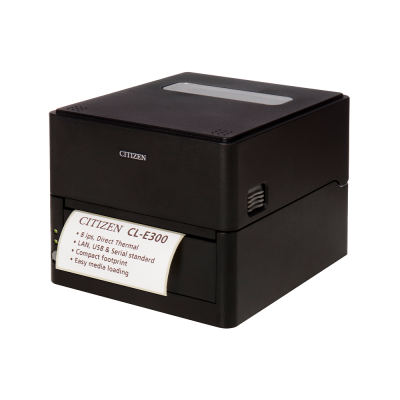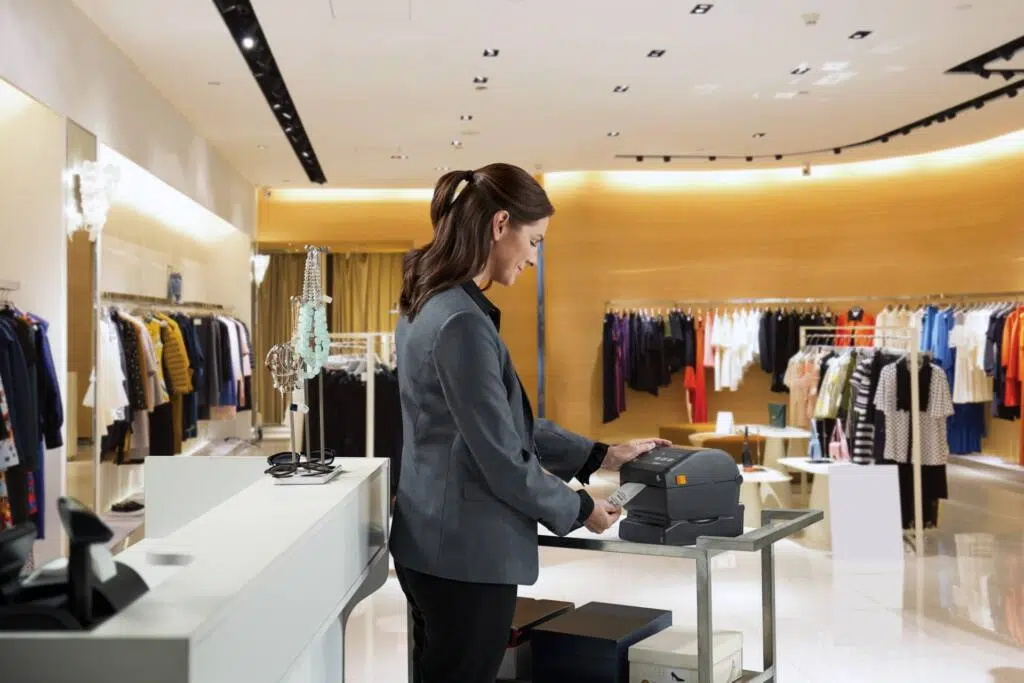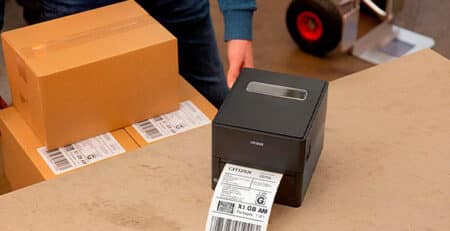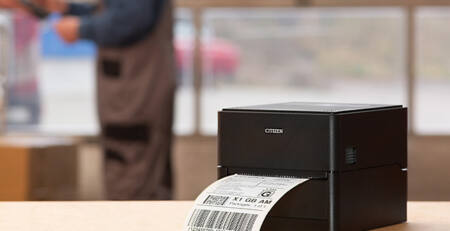Retail efficiency through labeling

In an industry where both speed and accuracy have a direct impact on profits and customer experience, it’s crucial to have reliable tools in operation. A retail label printer is not just a practical tool – it serves as a central part of the store’s information infrastructure. It enables clear labeling of products and creates consistency between stock, shelf and checkout.
At the same time, the labels ensure that employees can quickly identify items, reducing errors and saving time in daily processes. When data, labels and flow are connected, store efficiency increases significantly without compromising on quality or overview.
Price tagging as a dynamic feature
When products are presented to the customer, the label plays a key role in communicating price, variant and relevance. A retail label printer enables quick and flexible customization of price tags, both for promotions and daily price adjustments. This not only provides visual consistency on the shelves, but also ensures that the information matches what is scanned at checkout.
This avoids payment errors and misunderstandings that can delay the checkout process or negatively affect the customer experience. The continuous updating of prices directly from the system to the label creates a seamless interaction between front-end and back office – without requiring extra resources in the store.

Inventory management and logistical precision
Behind the façade of any retail store lies a machine room of processes where labeling is essential to maintain control and overview. A retail label printer is used here as an operational tool that connects physical goods with digital systems – enabling accurate handling at every stage of the product journey. It’s about creating structure in the invisible.
Examples of practical applications:
- Receiving goods: Upon entering the warehouse, products are labeled immediately, ensuring traceability from the first step.
- Placement and location: Shelf and zone signs are printed as needed and facilitate internal navigation.
- Replenishment: Correct labels avoid duplication and misplacement as each label matches the system’s expectation.
- Returns and rotation: Products are labeled with return reason or expiration date, reducing waste and increasing rotation speed.
This way, labels support both logistical workflow and employee decision-making – without requiring additional software or manual solutions.
Ease of use as a productivity factor
Labeling in retail isn’t just behind the scenes, it’s in the middle of the store’s everyday life. That’s why it’s crucial that label printers are intuitive to use so that employees can easily use them without the need for extensive training. A retail label printer with a logical interface, easy label replacement and preset templates reduces errors and waste time.
In practice, this means that new price tags can be printed without technical assistance and temporary needs – such as shelf labels during campaigns – are handled quickly. When features such as wireless connectivity and mobility are integrated, flexibility is further increased. It allows for labeling directly at the shelf, without leaving the work zone. The result is a more agile workday where technology supports work rather than interrupting it.








